Is 2 A Prime Number?
Prime vs. Composite Numbers
Greetings, young math enthusiasts! Today, let’s set sail on a mathematical voyage to determine if 2 is a prime number, and learn more about the difference between prime and composite numbers.
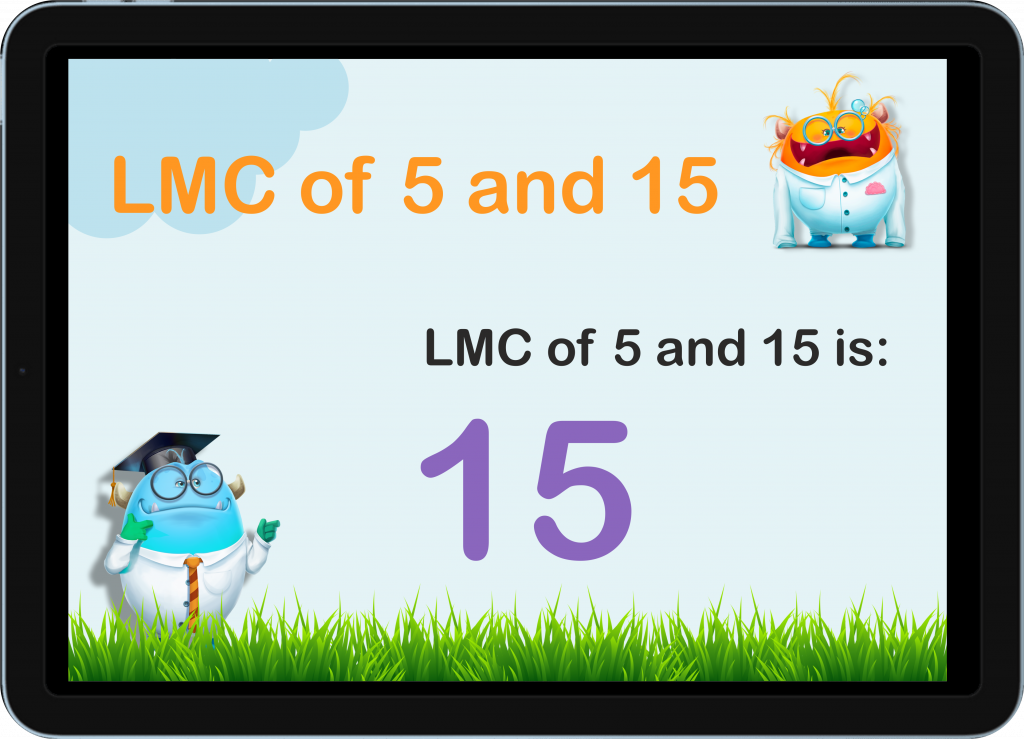
Is 4 a Prime Number?
Or is 4 a Composite Number?
Is 4 a prime or a composite number? Let’s uncover the secrets of number 4 and find out where it stands! Dive into the world of numbers with us and discover the true nature of 4. Is it prime, composite, or something entirely different? Ready, set, go!
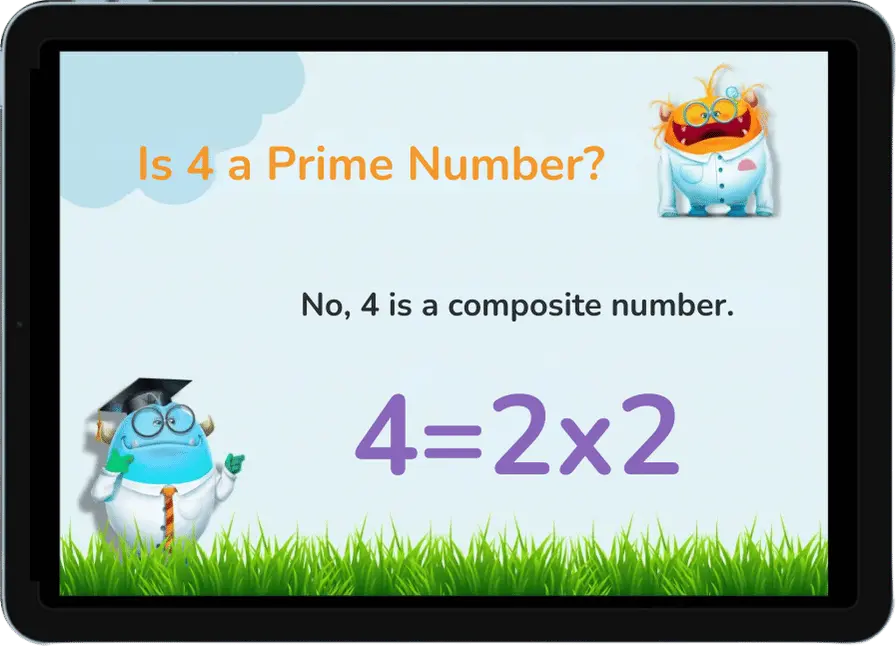

No credit card required

No credit card required
What Are Prime Numbers?
Is 4 a Prime Number?
Why is 4 Not a Prime Number?
What are Prime Factors of 4?
What are Prime Numbers 1 to 100?
Can 4 be a Factor of 4?
Does 4 Have 2 Factors?
What Type of Number is 4?
A Cool Trick
What Are Prime Numbers?
A prime number is like a super exclusive club. Only two members are allowed: 1 and itself. So, prime numbers can only be divided evenly by 1 and the number itself. For example, 2, 3, and 5 are prime numbers.
On the other hand, a composite number is more like a big party. It has more guests because it can be divided by numbers other than just 1 and itself. Numbers like 4, 6, and 8 are composite because they can be divided by other numbers too.
Is 4 a Prime Number?
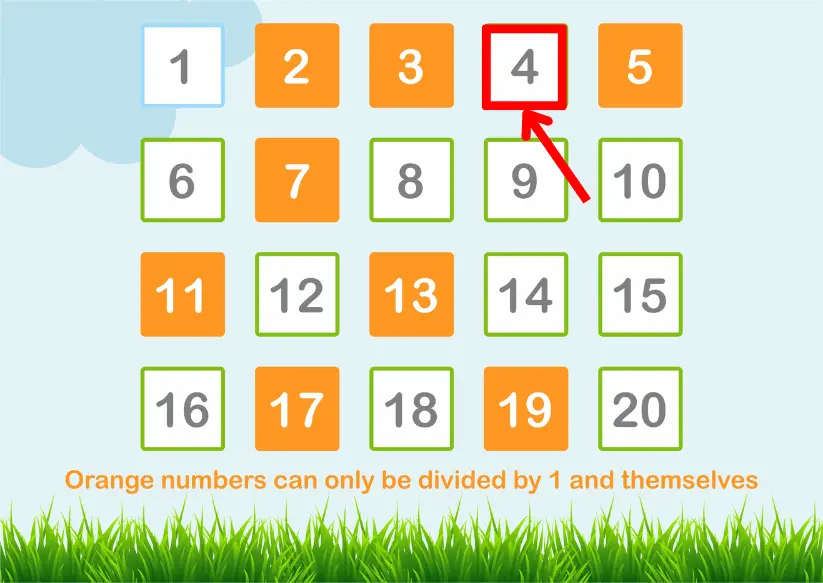
Alright, now let’s focus on our star of the day: the number 4. Is 4 a prime number? Nope, it isn’t! But why is that?
Why is 4 Not a Prime Number?
4 is not a prime number because it can be divided by numbers other than just 1 and itself. You see, 4 can be divided by 1, 2, and 4. Since it has more than two divisors, it’s not a prime number. It’s a composite number, and that’s perfectly okay!
What are Prime Factors of 4?
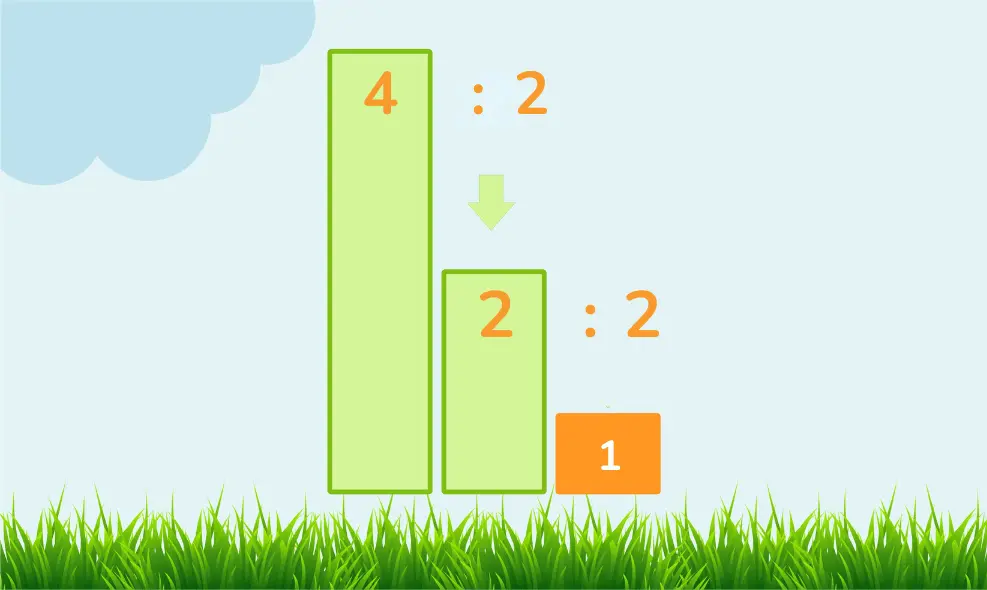
Prime factors are like the building blocks of a number. To find the prime factors of 4, we need to see which prime numbers multiply together to give us 4. So, 4 can be written as 2 x 2. Here, 2 is a prime number, and since 2 x 2 = 4, the prime factors of 4 are 2 and 2.
What are Prime Numbers 1 to 100?
Let’s take a look at the prime numbers from 1 to 100. These are the super exclusive club members:
2, 3, 5, 7, 11, 13, 17, 19, 23, 29, 31, 37, 41, 43, 47, 53, 59, 61, 67, 71, 73, 79, 83, 89, 97.
Can 4 be a Factor of 4?
This might sound funny, but yes! 4 can be a factor of 4. When we say “factors of 4,” we mean all the numbers that can be multiplied together to get 4. So, 1, 2, and 4 are all factors of 4, including 4 itself.
Does 4 Have 2 Factors?
Actually, 4 has more than 2 factors. It has three factors: 1, 2, and 4. Remember, prime numbers have exactly two factors, but composite numbers like 4 can have more.
What Type of Number is 4?
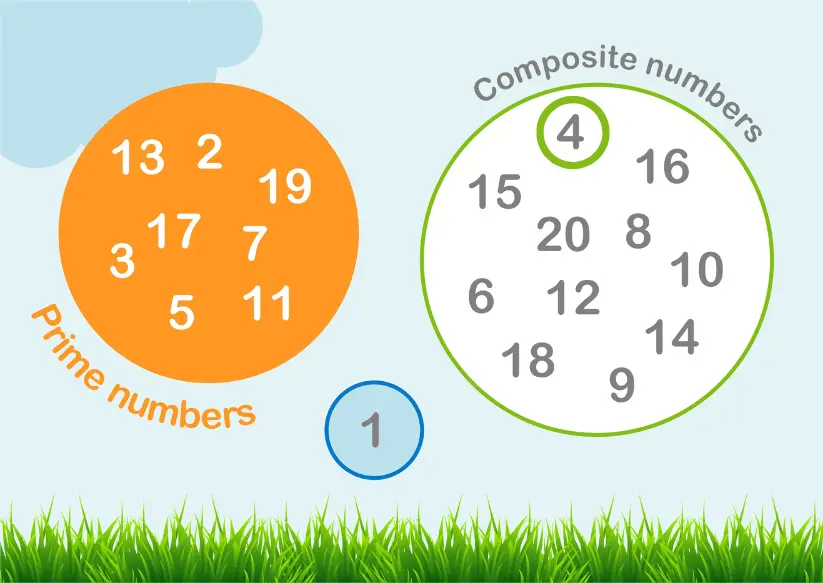
So, what type of number is 4? It’s a composite number! It has more than two factors, which makes it part of the composite number family. But that’s not all. The number 4 also belongs to other interesting classes of numbers:
Even Number: 4 is an even number because it can be divided by 2 without leaving a remainder. Any number ending in 0, 2, 4, 6, or 8 is considered even.
Square Number: 4 is a square number because it’s the result of multiplying a number by itself. In this case, 2 x 2 = 4. Other examples of square numbers are 1 (1 x 1), 9 (3 x 3), and 16 (4 x 4).
Perfect Square: This is similar to a square number. A perfect square is a number that can be expressed as the product of an integer with itself. So, 4 is a perfect square because it is 2 squared (2^2).
Real Number: 4 is a real number, which means it’s a value that represents a quantity along a continuous line. All rational and irrational numbers are real numbers.
Natural Number: 4 is a natural number because it’s a positive integer. Natural numbers are used for counting (1, 2, 3, 4, …).
Whole Number: 4 is also a whole number, which includes all natural numbers and the number 0.
By being part of these different classes, 4 shows just how versatile and interesting numbers can be!
Is 4 a Semiprime Number?
A semiprime number is a number that is the product of exactly two prime numbers. For example, 6 is a semiprime because it’s 2 x 3. By this definition, 4 is actually a semiprime number because it is the product of the prime number 2 multiplied by itself (2 x 2). So yes, 4 is a semiprime!
Composite Numbers That Get Confused with Primes Are Usually Subtractible with 3
Here’s a fun trick: many composite numbers that people often mistake for primes can be subtracted by 3 to get another number. Plus, their second prime factor tends to be the prime number. Confused? Let’s look at some examples.
Here are some composite numbers that often get mistaken for prime numbers:
15, 21, 27, 33, 51, 57, 69, 87, 93.
These numbers have more than two factors, so they’re not prime. But sometimes, they can fool us because they look similar to primes.
Learn More About Prime Numbers
© 2024 Smartick. All Rights Reserved.
